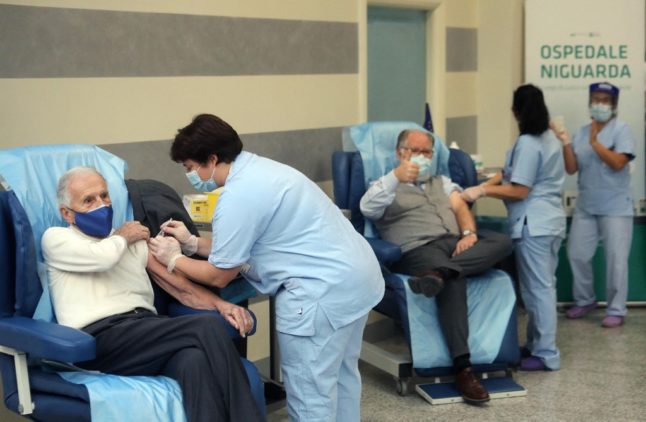First, which regions have had the most cases since the start of the pandemic?
This graph shows the total number of confirmed infections to date in each Italian region:
Looking at each region individually, all of them are now reporting higher daily increases in cases now than they did in spring – in some cases, more than ten times higher.
READ ALSO: Where to find the latest Covid-19 information for your region of Italy
Bear in mind, though, that limited testing capacity in the first months of the pandemic meant swabs were restricted to the most seriously ill patients or healthcare workers. Guidelines on who should be tested also varied between regions.
Note that the graphs below have different scales, based on how many new cases were reported at the peak of infection in each region.
Hover over the blue area to see numbers for each day.



 Please whitelist us to continue reading.
Please whitelist us to continue reading.
Member comments